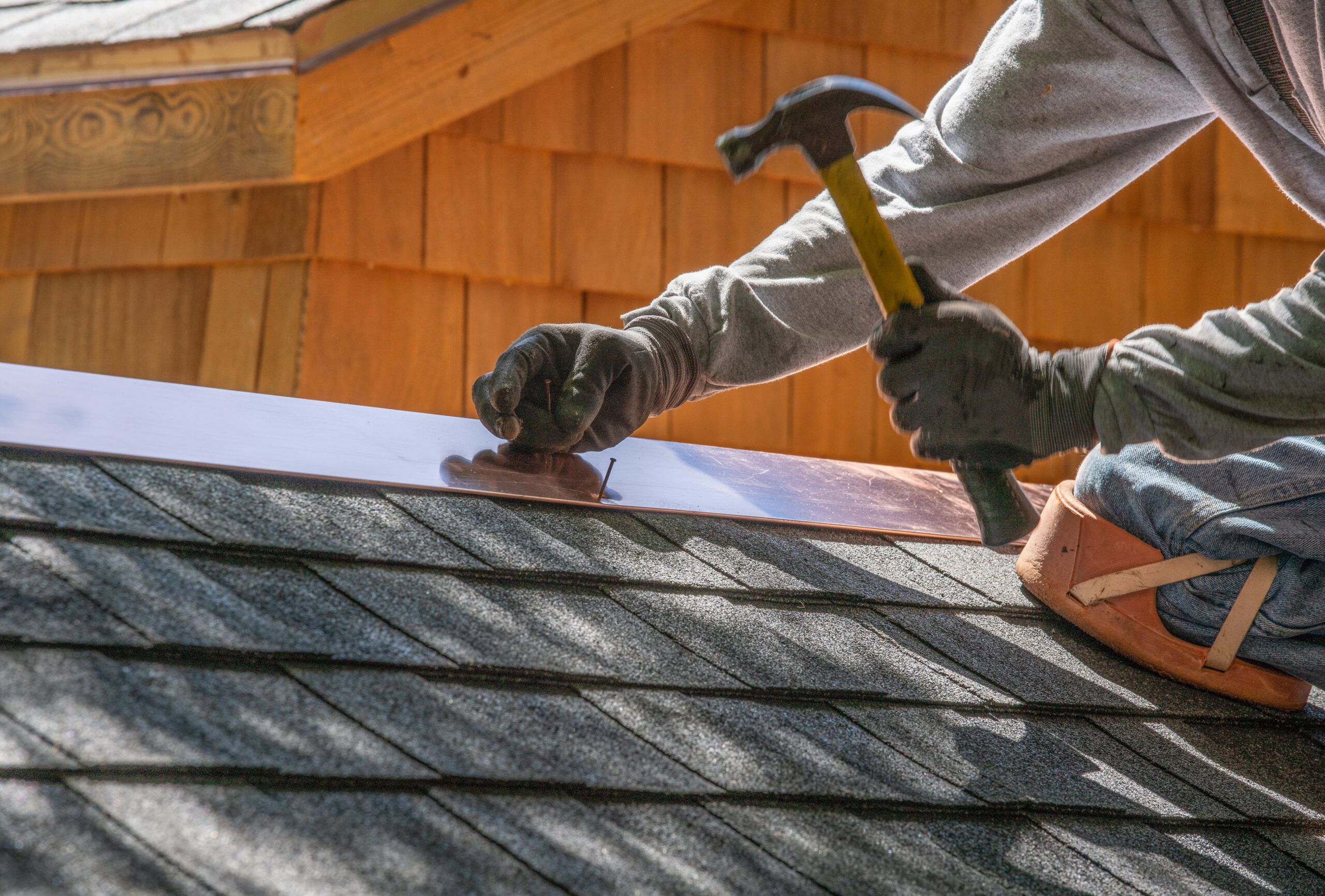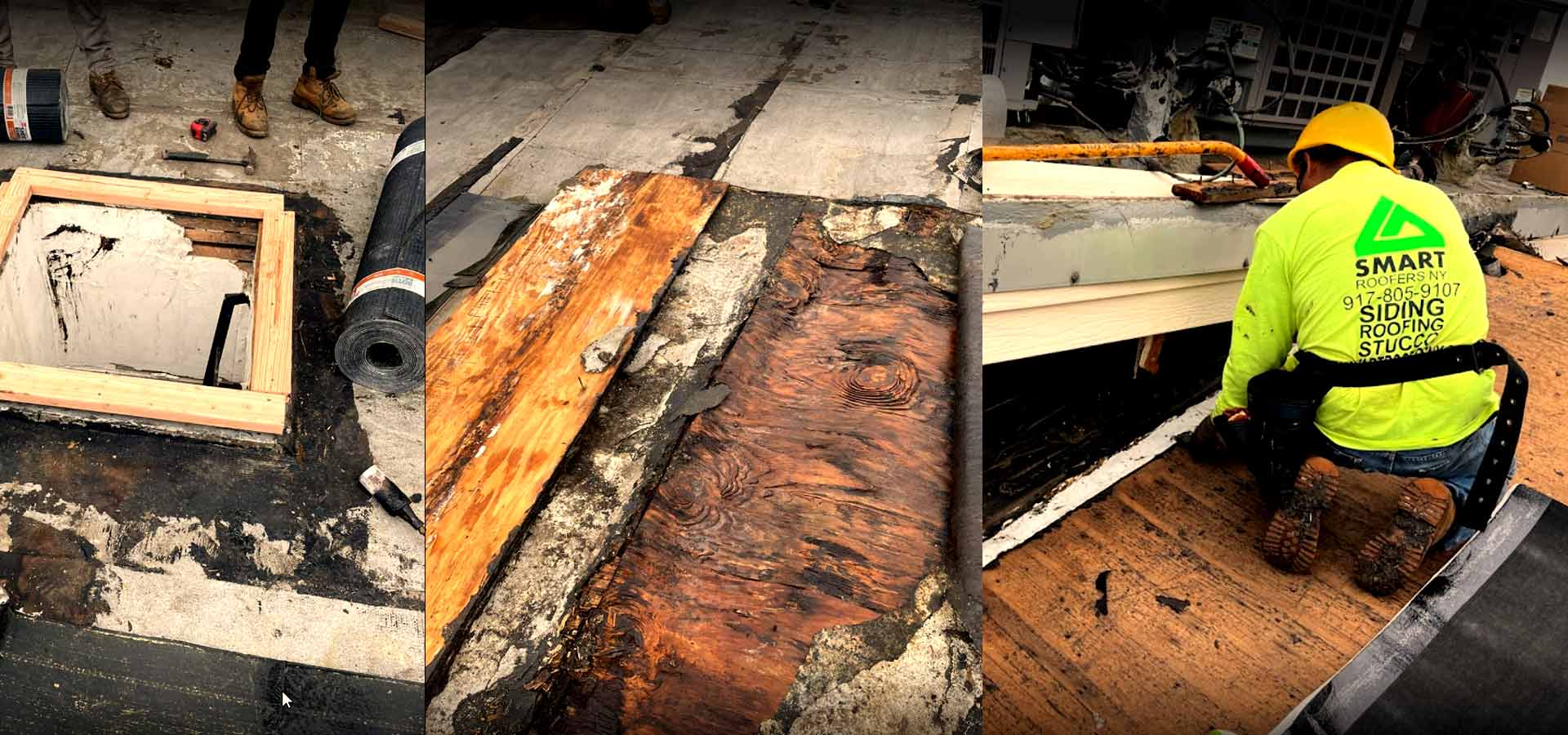Roofing Companies Oahu: Relied On Professionals for Your Roofing Requirements
Roofing Companies Oahu: Relied On Professionals for Your Roofing Requirements
Blog Article
Recognizing the Various Kinds Of Roofing Systems: A Comprehensive Guide for Homeowners
With a range of choices-- ranging from the standard gable to the contemporary flat-- each kind provides unique advantages and difficulties that ought to straighten with the property owner's ecological factors to consider and certain needs. As we discover the ins and outs of different roofing kinds, it comes to be noticeable that one dimension does not fit all; the ideal option might stun you.
Saddleback Roof
Gable roofs, defined by their triangular form, are amongst one of the most preferred roof covering styles because of their simpleness and efficiency in dropping water and snow. This style features two sloping sides that fulfill at a ridge, permitting efficient water drainage and lessening the danger of water buildup. The steep pitch generally related to gable roofing systems improves their ability to take care of hefty precipitation, making them appropriate for different climates.
Along with their sensible benefits, gable roof coverings provide visual convenience. They can be adapted to numerous architectural styles, from standard to modern-day homes. The design can additionally suit additional attributes such as dormer home windows, which enhance all-natural light and air flow in the attic room area.
Moreover, gable roofings give ample area for insulation, adding to power performance. Property owners can select from a variety of roof products, including asphalt tiles, metal, and floor tiles, further enhancing customization choices.
Regardless of their benefits, saddleback roofs may require extra assistance in locations susceptible to high winds or hefty snowfall. Overall, the gable roof continues to be a popular selection because of its blend of capability, sturdiness, and visual charm.
Flat Roofs
Level roofs are usually recognized for their minimalist style and practical applications, especially in industrial and commercial settings (oahu roofing). These roofs include a horizontal or almost horizontal surface area, which permits simple building and functional room application. While they may lack the visual charm of angled roofs, level roofings offer numerous benefits, especially in metropolitan settings where taking full advantage of area is essential
One of the main advantages of flat roofings is their ease of access. Home owners can utilize the roof area for different objectives, such as rooftop gardens, balconies, or photovoltaic panel setups. Furthermore, flat roofs are normally more economical to mount and keep compared to their sloped equivalents, as they require fewer products and labor.
Typical materials utilized for flat roof coverings include built-up roofing (BUR), modified bitumen, and single-ply membranes, each offering unique advantages. Generally, level roofings offer as a practical and versatile selection for several home owners and organizations alike.
Hip Roofing Systems
Hip roofing systems are characterized by their sloped sides that converge on top, creating a ridge. This design stands out from gable roofs, as all four sides of a hip roof slope downwards towards the wall surfaces, supplying a much more stable framework. The angle of the inclines can differ, enabling adaptability in architectural appearances and performance.
Among the key benefits of hip roofs is their capacity to stand up to hefty winds and negative climate condition. The sloped surfaces enable far better water drainage, decreasing the risk of leaks and water damage. In addition, hip roof coverings use increased attic area, which can be utilized for storage space or also converted into livable locations.
However, creating a hip roofing system can be a lot more pricey and complex than less complex roofing system types, such as gable roofing systems. The added material and labor entailed in creating the inclines and making sure proper structural honesty can result in greater expenditures. In spite of these downsides, numerous home owners favor hip roof coverings for their durability, aesthetic allure, and potential for energy effectiveness.
Mansard Roofings
Mansard roofs, commonly identified by their distinct four-sided style, feature 2 slopes on each side, with the lower slope being steeper than the top. This building style, stemming from France in the 17th century, is not just aesthetically appealing however useful, as it optimizes the usable space in the upper floorings of a structure. The steep reduced incline enables even more clearance, making it a perfect choice for lofts or attic rooms, which can be converted into living areas.
Mansard roofings are my explanation identified by their convenience, accommodating numerous building designs, from traditional to modern. They can be constructed with different products, consisting of asphalt roof shingles, slate, or steel, supplying house owners with a variety of choices to match their spending plans and choices. In addition, the layout permits the assimilation of dormer home windows, improving all-natural light and air flow in the upper levels.
However, it is vital to take into consideration the potential disadvantages. Mansard roofs may need more upkeep due to the intricacy of their layout, and their steep slopes can be challenging for snow and rainfall drainage. Generally, mansard roofing systems integrate elegance with practicality, making them a popular choice among house owners seeking distinct building features.
Lost Roofing Systems
As property owners increasingly look for simplicity and capability in their building styles, shed roof coverings have actually emerged as a preferred option. Defined by a single sloping airplane, a shed roof offers a minimalist aesthetic that complements different home styles, from modern to rustic.
One of the main benefits of a shed roofing system is its simple construction, which often equates to decrease labor and material prices. This layout enables reliable water drain, lowering the danger of leakages and read review water damages. Additionally, the vertical incline gives sufficient room for skylights, enhancing natural light within the interior.
Dropped roof coverings also provide convenience in regards to usage. They can be efficiently integrated right into additions, garages, or outdoor structures like sheds and pavilions. Moreover, this roof covering style can fit different roof products, consisting of steel, asphalt shingles, and even green roofing systems, lining up with green efforts.
However, it is vital to think about regional climate conditions, as heavy snow loads may demand changes to the roof covering's angle or framework. On the whole, lost roof coverings offer a sensible and cosmetically pleasing choice for property owners seeking to make best use of functionality without compromising style.
Verdict


Gable roofing systems, identified by their triangular form, are among the most preferred roofing styles due to their simplicity and performance in losing water and snow. oahu roofing. The steep pitch frequently linked with gable roofing systems improves their capacity to take care of heavy precipitation, making them appropriate for different environments
While they might do not have the aesthetic charm of pitched roof coverings, level roofs provide many benefits, specifically in urban atmospheres where making best use of space is essential.

Report this page